L1. Gravitational physics and astrophysics
The landmark detection of gravitational waves (GWs) has opened a new era in physics, giving access to extreme gravitational sources such as black holes, neutron stars, and binaries thereof. The GW signal emitted by these systems might allow us to address a number of outstanding fundamental physics and astrophysics questions, among which: how does gravity behave in the strong field/high curvature regime, how does matter behave at supra-nuclear densities, how the Universe emerged from the Big Bang, what is the nature of dark matter and its role in structure formation, how GW mission from astrophysical sources is related to their electromagnetic counterparts or associated to neutrino emission, which is the nature of compact objects, what are their most common formation pathways and their most likely astrophysical environments.
Our two groups, the gravity theory and the gravitational astrophysics groups, are members of the LISA Consortium, and the 3G Science Case Team. We are also members of the COST Action ”CA 16104 Gravitational waves, black holes and fundamental physics (GWverse)” and of the INFN Specific Initiative TEONGRAV - Gravitational Wave Sources.
L1a. Fundamental physics with compact sources
The “Gravity theory and gravitational-wave phenomenology” group at Sapienza investigates various strong-gravity phenomena that can be used to turn black holes and neutron stars into cosmic labs, where matter in extreme conditions, the very foundations of Einstein's theory of gravity, and even particle physics can be put to the test.
The gravity-theory group consists of Associate Professors Leonardo Gualtieri and Paolo Pani, Marie Curie Fellow Richard Brito, 5 postdocs, 10 PhD students, and several master students. For more information please visit our group’s webpage.
Our research topics include:
1. Gravitational-wave modelling and phenomenology
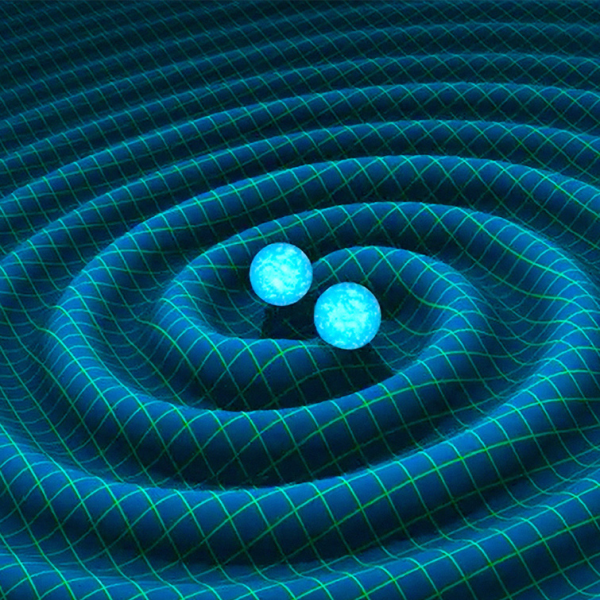 |
|
The landmark detection of gravitational waves emitted by black-hole and neutron-star binaries has opened a new era in physics, with countless implications for astrophysics, fundamental physics, and cosmology. However, the enormous scientific potential of gravitational-wave physics cannot be entirely fulfilled without developing new theoretical models for strong-gravity effects at various levels. Our research topics in this broad area include:
-
GW modelling of compact-binary inspirals
-
Ringdown modelling and parameter estimations
-
GW phenomenology with future detectors (3G and LISA)
-
Stochastic GW background from cosmological sources
-
GW-based tests of gravity
|
2. Neutron star physics
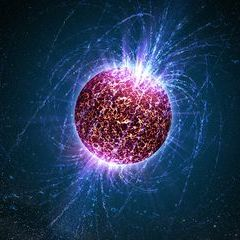 |
|
Neutron stars are natural laboratories to test physics under extreme conditions which are difficult to reproduce in Earth-based laboratories or in other astrophysical environments. Gravitational wave and electromagnetic signals emitted by binary mergers or accreting neutron stars, harbour the potential to study the behavior of matter at supra-nuclear densities, and to constrain the star’s equation of state which is, nowadays, still uncertain. Our group is actively involved in modelling the structure and the emission of neutron stars, as isolated and binary sources, and studying their rich phenomenology to put constraints on the equation of state of ultradense matter. We are particularly interested to develop new mathematical techniques and data analysis strategies which allow us to extract precise information on the stellar equation of state. Projects in which we are currently involved include:
-
Quasinormal modes of neutron stars
-
Multimessenger constraints of the neutron star equation of state
-
Modelling neutron star’s finite-size effects within gravitational wave signals
-
Modelling of quasi-periodic oscillations in low-mass X-ray binaries
-
Neutron star phenomenology (magnetic fields, superfluidity, etc)
|
3. Tests of gravity and of the nature of compact objects
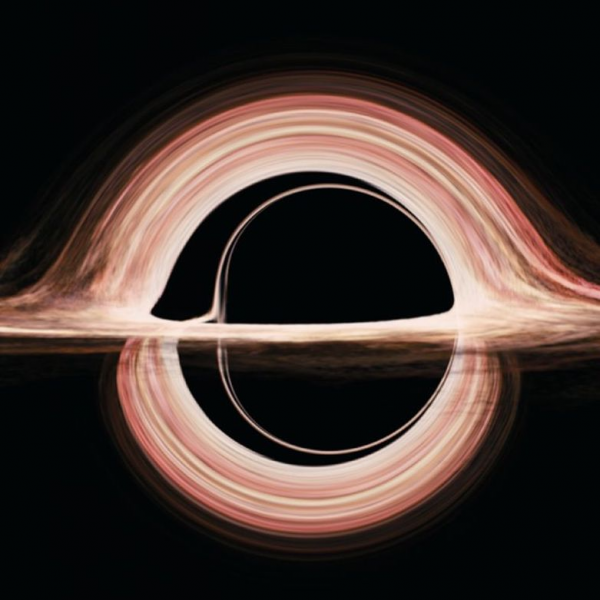 |
|
Current and future gravitational wave detectors provide high precision observations of astrophysical phenomena around relativistic compact objects. These offer a new arena to study the features of the strong gravitational fields in their surroundings, and to test the pillar of General Relativity (GR). Our group is largely involved in many projects related to strong gravitational events, which aim to understand whether Einstein’s theory is correct in extreme regimes, if black holes and neutron stars are the only species of compact objects in the Universe, or which is the fate of spacetime singularities inside event horizons. We are active in modelling both single and binary sources beyond GR, studying their structure and gravitational wave phenomenology. We are especially interested in fully dynamical environments, as binary coalescences, where gravity features a genuine non-linear regime, both in the inspiral and in the merger phases. Some of the topics we are currently active on include:
-
Black hole and neutron star solutions in modified theories of gravity
-
Gravitational waves from compact binary inspiral and merger in modified gravity theories
-
Black hole ringdown tests
-
Exotic compact objects and their phenomenology
|
4. Gravity & astroparticle physics
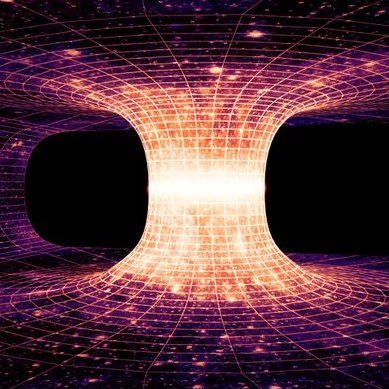 |
|
The nature of dark matter is unknown but we know that it interacts gravitationally. Therefore, the gravitational interaction in the strong-field regime can be also used to probe the physics beyond the Standard Model and to investigate possible dark matter candidates, regardless of their feeble coupling to the ordinary matter and fields. Topics we are currently investigating include:
-
Signatures of ultralight bosons (e.g., axion-like particles, dark photons, etc) in curved spacetime
-
Black-hole superradiance
-
Compact objects as dark-matter probes
-
Primordial black holes
|
L1b. Astrophysics with compact sources
The first stars and black holes (FIRST) group at Sapienza investigates the nature and evolution of cosmic structures in the first billion years of cosmic evolution. During these remote cosmic epochs the Universe was transformed from its initial simple state to a highly complex system through the injection of the first heavy elements from supernovae and the emission of light from the first stars and accreting black holes. It also witnessed the assembly of the first galaxies and of quasars powered by their nuclear supermassive black holes.
The FIRST group consists of full professor Raffaella Schneider, the Amaldi Research Fellow Luca Graziani, several PhD and master students. We have a strong collaboration with Prof. Roberto Capuzzo Dolcetta, in Sapienza, and with researchers at INAF/Astronomical Observatory of Rome, and in particular with Rosa Valiante and Marco Limongi. We recently joined the LISA consortium through the AstroBlack team.
Our research topics include:
1. The formation mechanisms of stellar mass black holes
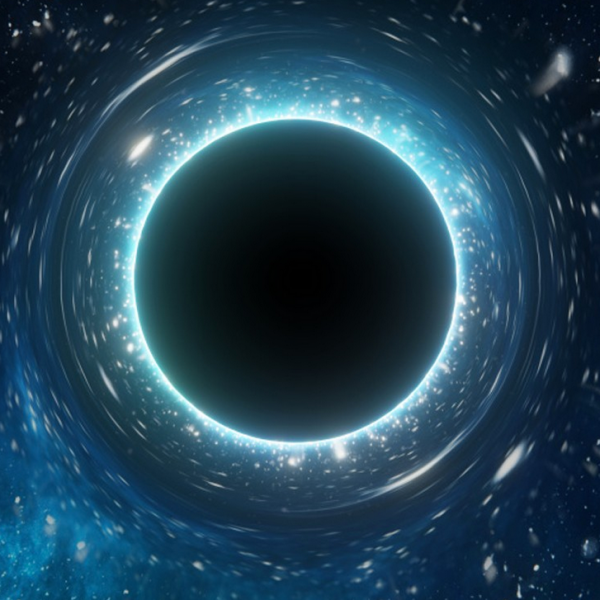 |
|
The detection of gravitational waves emitted by black hole binaries had fundamental implications for massive star evolution, in isolation, in binary systems, or in dense stellar clusters. This vast scientific potential must be exploited through new theoretical and numerical models. Our research activity develops in collaboration with Marco Limongi (INAF/OAR) and includes:
-
Modeling the explosion and fallback of core-collapse supernovae
-
Investigating the relation between black hole mass and initial stellar mass
-
Exploring the effects of stellar metallicity and rotation
-
Estimating the effects of dynamical encounters in dense stellar clusters
|
2. The formation and coalescence sites of compact binary systems
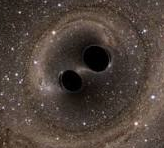 |
|
Investigating the formation and coalescence sites of compact binary systems allows to explore the implications of current and future gravitational wave detections on the cosmic star formation history and on fundamental galaxy properties, such as the mass-metallicity relation, the galaxy main sequence and their evolution with redshift. By coupling binary population synthesis models with cosmological and zoom-in galaxy evolution simulations, we explore:
-
The redshift dependent compact binary formation and coalescence rates
-
The properties of massive black hole binaries host galaxies
-
The radiative output of binary systems and their feedback effects
-
The metal enrichment associated to neutron star binary mergers
|
3. The seeds and growth of the first supermassive black holes
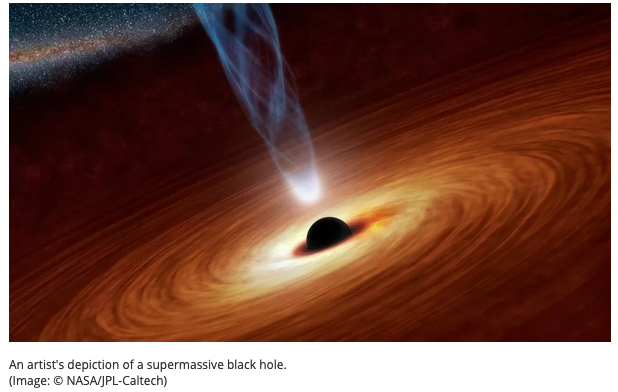 |
|
Supermassive black holes with billion solar masses have been observed at z > 6 up as bright quasars and represent the tip of an underlying population of less luminous AGNs. As the gas is the primary fuel for their growth, these observations hint for the existence of a population of seed black holes of yet unconstrained mass, upon which the giant black holes have grown. In collaboration Rosa Valiante (INAF/OAR), active research topics include:
-
The birth rate and mass function of black hole seeds
-
Constraints through gravitational and electromagnetic observations
-
Black hole feeding and feedback
-
Coevolution of the black holes and their host galaxies
-
Impact of accreting black holes and stellar emission on cosmic reionization
|










